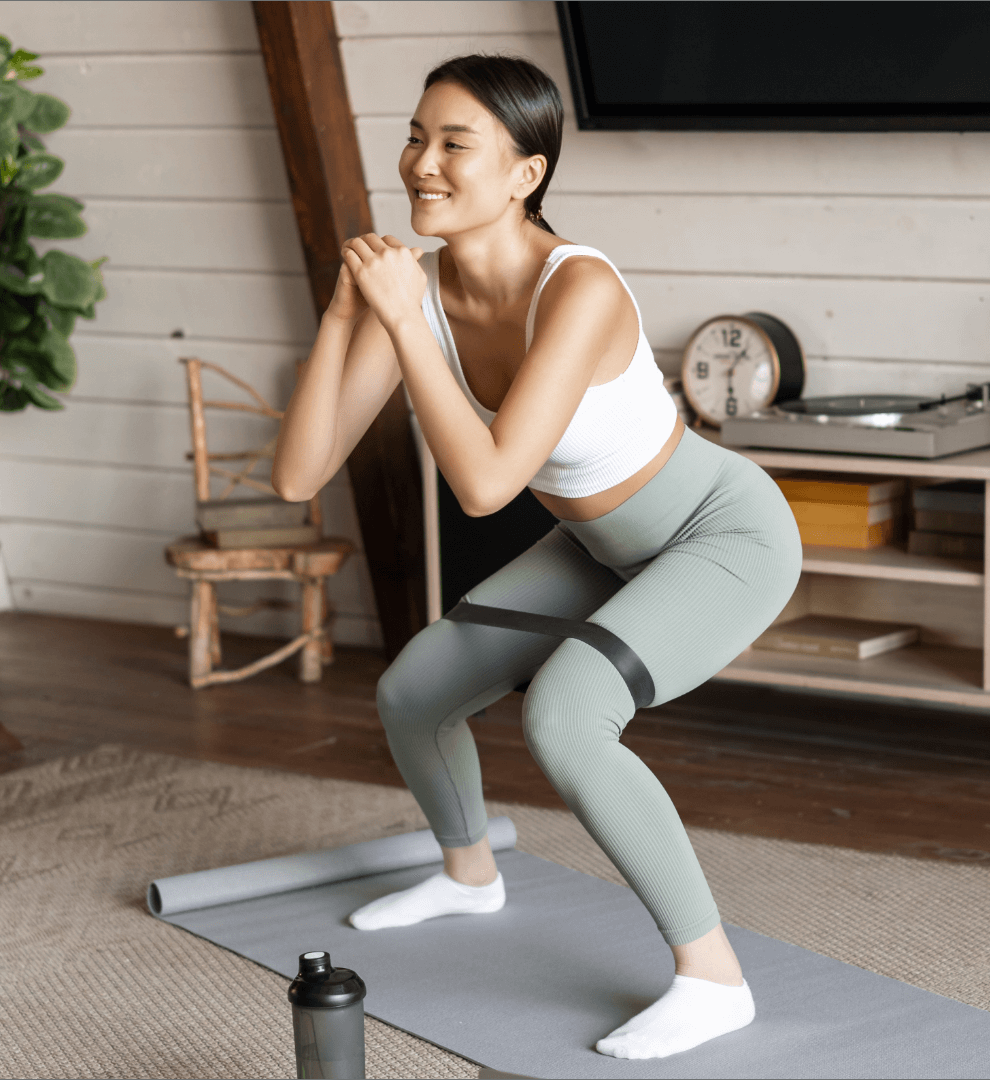Exercise After Birth
Congratulations on your new arrival! While your body needs time to heal, incorporating gentle exercises into your routine can make a significant difference. Targeted exercises contribute to your overall well-being and aid in regaining shape and functionality.
Deep Breathing and Leg Exercises
Even during the initial days of rest, it’s vital to keep your body engaged. Deep breathing exercises – such as diaphragmatic breathing – and simple leg movements can prevent stiffness and promote better circulation. Incorporate these exercises into your daily routine to keep your body active; they can even be performed while resting in bed. Some commonly used leg exercises include:
- Four-point kneeling
- Knee raises
- Leg extensions
- Leg slides
- Heel touches
Pelvic Floor Exercise After Birth
After giving birth, it’s quite common to leak urine when you laugh, cough or move suddenly. Pelvic floor exercises can help prevent this from occurring and assist in regaining muscle strength. We recommend performing pelvic floor exercises as follows:
- Firmly tense the muscles around your vagina and bottom as if you are trying to stop passing wind.
- Hold for as long as you can, then slowly release and relax.
- Squeeze and let go a couple of times until you have found the right muscles. Try not to squeeze your buttocks.
- Do at least 25 repetitions at various times of the day. You can do these exercises while you stand or sit.
Once a week, you may also wish to practise while urinating to better understand which muscles to use: contract to stop, then relax to release the flow of urine.


Pelvic floor exercises should continue beyond the postpartum period.
If you find that there is no improvement after more than three months, it is important to visit Dr Homar, your GP, or your midwife for support.
Stomach Muscles
Your stomach may feel baggy and weakened after childbirth, and as your muscles have stretched, you will still be larger than you were before pregnancy. A balanced diet and gentle exercises can improve the strength and tone of your stomach muscles.
Sometimes, the pair of vertical muscles that run down the centre of the stomach separate during pregnancy. If this has occurred, Dr Homar or your GP may refer you to a physiotherapist. Here, you will gain personal advice regarding postnatal exercises and support garments to help bring these muscles back together.
Be Active
Generally, you can start exercising four to six weeks after childbirth. However, you should confirm this with Dr Homar or your GP before you start exercising – especially if you had a caesarean section. Before this time, engage in light activities like walking or gentle workouts to keep your blood flowing. Most importantly, listen to your body. If you’re tired, unwell, or experiencing pain, give yourself the rest you need.
Remember, exercise after birth is not about rushing back into shape; it’s about gradual progress and self-care. By incorporating these exercises into your routine and being patient with yourself, you’re taking a significant step toward regaining your strength after childbirth.
At Toowoomba Obstetrics and Gynaecology, we’re here to support you every step of the way. If you have any concerns or questions about postnatal exercise, please reach out. Your well-being is our priority.
Wishing you a healthy and fulfilling postnatal fitness journey!

